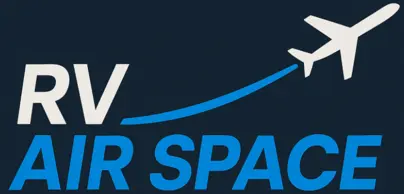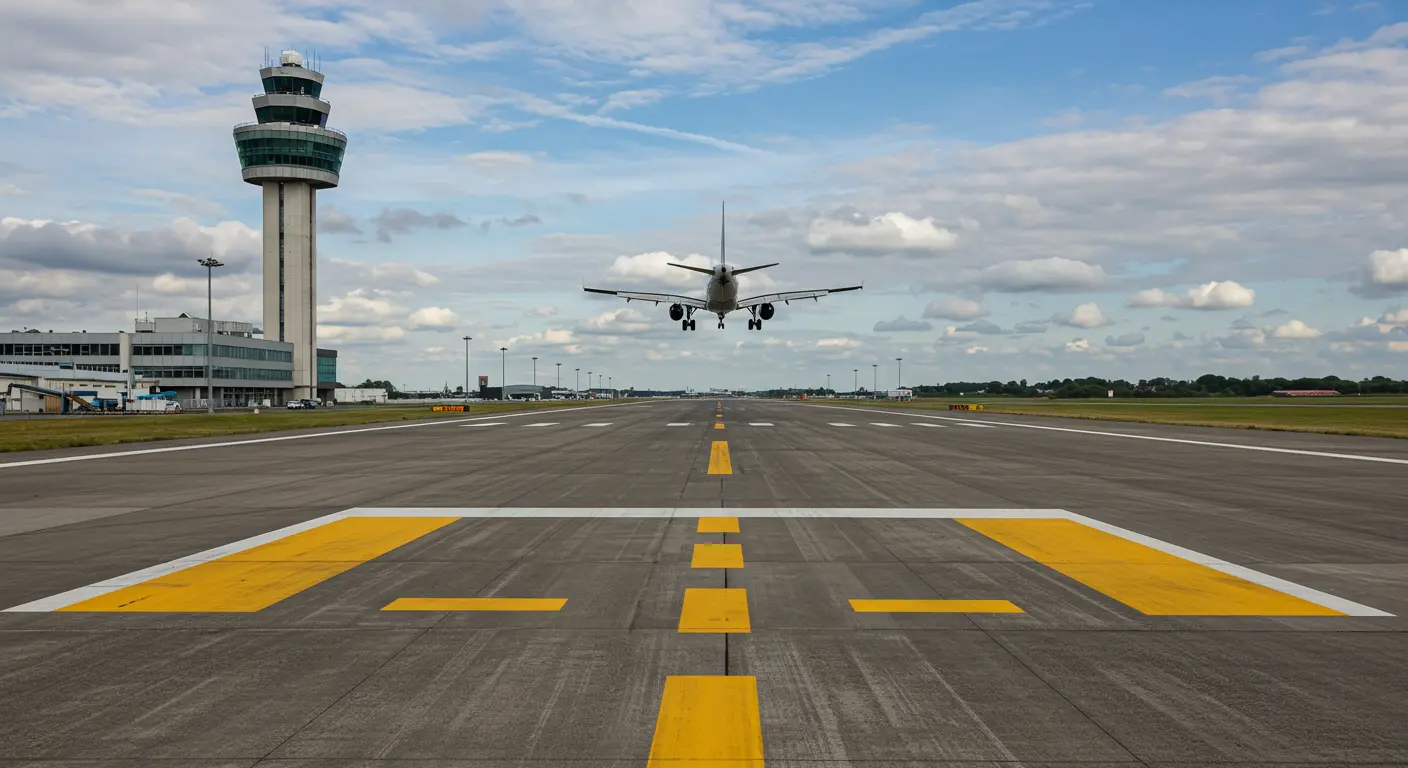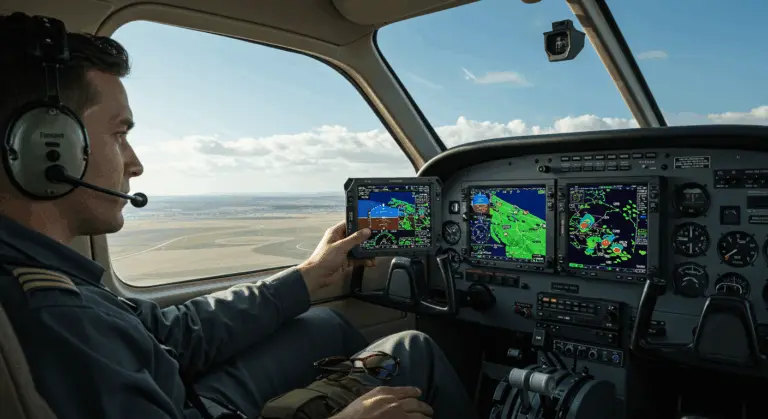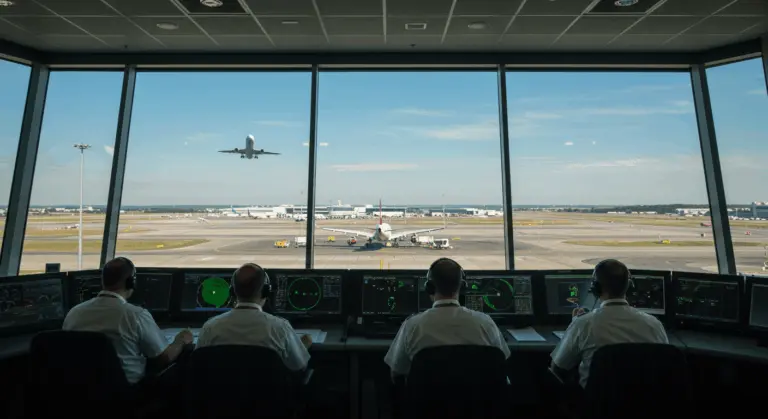Understanding Land and Hold Short Operations (LAHSO) in Aviation
What are Land and Hold Short Operations (LASSO)?
Land and Hold Short Operations (LASSO) represent sophisticated air traffic control procedures where pilots land and halt their aircraft before reaching an intersecting runway, taxiway, or designated point. This strategic approach enables simultaneous operations—allowing another aircraft to take off or land on the intersecting runway—boosting airport capacity and operational efficiency.
LASSO participation remains entirely voluntary. Pilots retain ultimate authority to accept or decline clearances based on safety assessments, aircraft performance limitations, and prevailing conditions. Should compliance prove impossible, pilots must immediately notify controllers—communication that allows ATC to quickly adjust traffic flow patterns.
Key Components of LASSO Procedures
Pilot Responsibilities During LASSO
Pilot responsibility forms the cornerstone of LASSO operations, given its voluntary nature. The pilot-in-command has final authority to accept or decline clearances based on professional judgment and operational realities.
Prior to acceptance, pilots must carefully assess whether their aircraft can safely stop within the Available Landing Distance (ALD). This assessment encompasses critical factors: aircraft weight, approach speed, and runway conditions. When uncertainty exists, declining the clearance becomes mandatory.
Pilots should prepare for potential LASSO clearances before arrival by reviewing airport-specific information, including:
-
Available Landing Distance (ALD) data
-
Runway slope characteristics
-
Possible LASSO runway combinations
Upon receiving a LASSO clearance, pilots must execute a complete read back, incorporating the precise phrase “HOLD SHORT OF (RUNWAY/TAXIWAY/POINT).” This read back should occur without prompting, confirming understanding while minimizing radio frequency congestion.
The FAA strongly advises that student pilots and those unfamiliar with LASSO procedures avoid participation until adequately trained. Pilots experiencing discomfort with any clearance should decline by stating ‘unable’—a response that allows ATC to swiftly reconfigure traffic flow.
Air Traffic Control’s Role in LASSO
Air Traffic Control coordinates Land and Hold Short Operations to maximize airport capacity while upholding unwavering safety standards.
Controllers must use careful judgment when implementing LASSO procedures, carefully evaluating traffic flow, aircraft performance capabilities, and environmental conditions before issuing clearances. When issuing a LASSO clearance, controllers provide explicit instructions identifying the exact point where the aircraft must hold short—whether it’s an intersecting runway, taxiway, or designated point. This communication must be clear and precise.
ATC responsibilities extend beyond issuing clearances and include:
-
Continuously monitoring compliance with LASSO instructions.
-
Maintaining separation between all aircraft.
-
Implementing alternative strategies if a pilot declines a clearance.
-
Providing pertinent information, such as Available Landing Distance (ALD), upon pilot request.
Close coordination between tower and approach control is essential for sequencing arriving aircraft and maintaining situational awareness. Controllers must vigilantly monitor evolving conditions, such as deteriorating weather or runway contamination, and suspend LASSO if safety is compromised.
Weather and Runway Conditions for LASSO
LASSO mandates that runways be reported as clear and dry. Wet or contaminated surfaces are prohibited because they increase stopping distances and compromise braking effectiveness, undermining a pilot’s ability to hold short safely.
LASSO operations require specific weather minimums:
Beyond weather considerations, ATC must verify that multiple operational prerequisites are satisfied:
-
Explicit instructions are issued to restrict access to the intersecting runway.
-
Pilots acknowledge receipt of all traffic information.
-
The distance from the threshold to the intersection is available upon request.
-
This distance is confirmed to be adequate for the specific aircraft category.
LASSO Markings and Signage
Standardized LASSO visual aids provide important guidance to pilots. Runway markings feature four distinctive yellow lines across the runway: two solid lines followed by two dashed lines. This clear pattern creates a visible boundary that pilots must not cross.
Following established airport marking conventions, the two solid lines indicate the side where aircraft must hold. This design helps pilots quickly identify the hold short point, even during high-workload situations.
To improve visibility during low-light conditions or adverse weather, airports often supplement painted markings with in-pavement lighting along the hold short line. This ensures the stopping point remains clearly identifiable, especially at night or in reduced visibility.
LASSO signage, strategically positioned at hold short points, reinforces the runway markings. These red and white signs display the designation of the runway or taxiway to hold short of, providing redundant visual information for pilots.
Safety Considerations in LASSO
LASSO procedures include multiple safety layers, featuring strict safety margins and buffer zones designed to prevent runway incursions. These margins undergo careful calculation based on aircraft performance characteristics and runway specifications, ensuring adequate separation under all circumstances.
Rigorous training for both pilots and controllers is the foundation of LASSO safety. This training emphasizes situational awareness, precise communication, and emergency response protocols. Pilots practice decision-making for declining clearances, while controllers are trained on precise phraseology, timing, and monitoring to ensure separation.
Conclusion: The Future of LASSO in Aviation
As air traffic volumes surge, LASSO will become increasingly important for maximizing runway utilization. Advances in aircraft braking systems, runway surface technology, and real-time performance monitoring may broaden the safe operating envelope for these procedures.
Future regulatory evolution might permit LASSO operations on wet runways, contingent upon research advances in friction measurement and performance calculations. However, any such expansion will require thorough testing to guarantee safety integrity.
Integrating LASSO with advanced technologies could provide additional safety layers and reduce reliance on verbal communication. Key advancements include:
-
Enhanced runway status lights
-
Automated clearance monitoring systems
-
Improved cockpit displays
Such safeguards could significantly reduce workload and minimize human error, allowing for more complex LASSO scenarios.
LASSO training will become more sophisticated, using advanced simulation and data-driven analysis to identify potential risks. The fundamental principle of collaborative decision-making will remain essential, continuing to reinforce the pilot’s ultimate authority to decline any clearance in the interest of safety.







